
15 Must-See Historic Sites in Mie (2023 Edition)
With beautiful sea, mountains, and ancient mythology, you will be amazed by what Mie Prefecture has got to offer. We've selected 15 historic spots not to be missed when traveling to Mie Prefecture, including Ise Jinguーone of Japan's most important shrinesーand Iga Ueno, home to Japan's most famous ninja clan!
This post may contain affiliate links. If you buy through them, we may earn a commission at no additional cost to you.
1. Ise Jingu Naiku (伊勢神宮内宮)
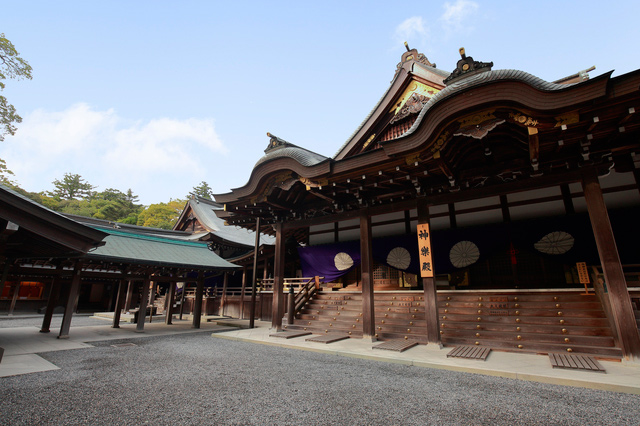
Ise Jingu is the most sigificant shrine of the entire nation. It is dedicated to worship Amaterasu Omikami, the solar goddess with the legend as the ancestor of today's Emperor. In the olden days only the emperors and those approved by him/her were permitted to enter. Today most of the areas within the premises are open to public.
15 minutes by bus from Iseshi Station (Kintetsu/JR), Ujiyamada or Isuzugawa Stations (Kintetsu) to the bus stop 'Naiku-mae'.
https://www.isejingu.or.jp/en/about/index.html
2. Ise Jingu Geku (伊勢神宮外宮)
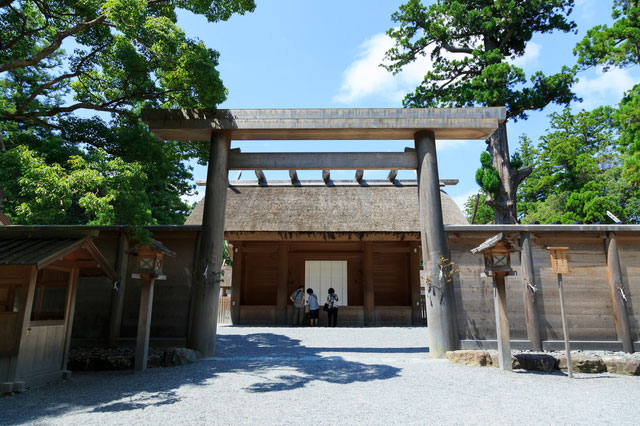
Toyouke Omikami, the goddess of agriculture, wellbeing and industry, is worshipped at Geku. It was built approximately 1500 years ago under the the instruction of the then emperor. The protocol is to visit this Geku first, then the Naiku.
10-minute walk from Iseshi Station (Kintetsu/JR)
https://www.isejingu.or.jp/about/geku/ (Japanese only)
3. Ueno Castle (上野城)
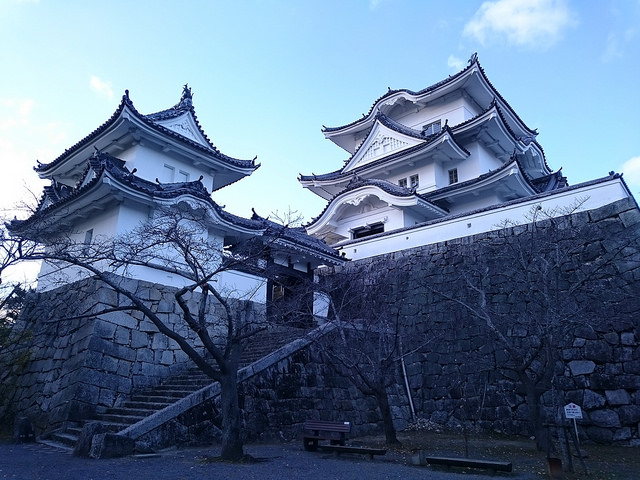
Ueno Castle was constructed during the civil war era in the 16th century and was used until the 19th century. The current central tower (天守閣 - tenshukaku) was restored in 1935. Castle park within the site is open for the public. There are also museums commemorating Basho Matsuo, the famous haiku poet, and Iga-ryu Ninja.
8-minute walk from Uenoshi Station (Iga Line, Iga Railway)
http://igaueno-castle.jp/?page_id=196
4. Iga-ryu Ninja Museum (伊賀流忍者博物館)
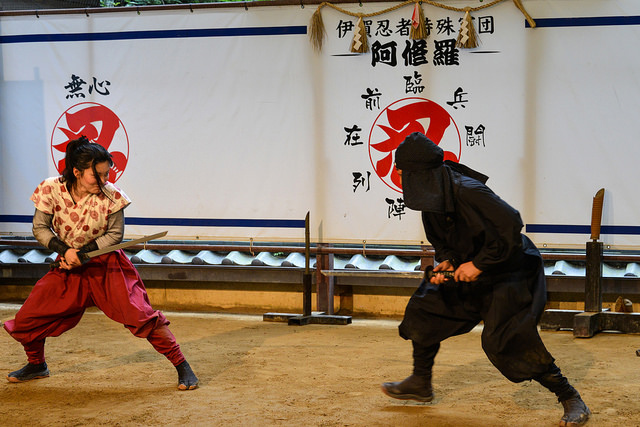
Iga-ryu Ninja is the most famous ninja clan. A house tour full of traps, display of ninja tools, and ninja performances are some of the highlights at this museum.
8-minute walk from Uenoshi Station (Iga Line, Iga Railway)
http://www.iganinja.jp/en/index.html
Our Top Tips
JR Pass for Whole Japan
Explore Japan in the most convenient and economical way with a Japan Rail Pass! It is valid for the majority of railways and local buses operated by JR.
5. The Basho Memorial Museum (芭蕉翁記念館)
The works of the highly acclaimed haiku poet Basho Matsuo between 1644 and 1694 still hold popularity to this day. Iga was Basho’s birthplace, which is why a museum commemorating his lifework was built here. Many of Basho's writings are on display.
8-minute walk from Uenoshi Station (Iga Line, Iga Railway)
6. Tsu Castle (津城)
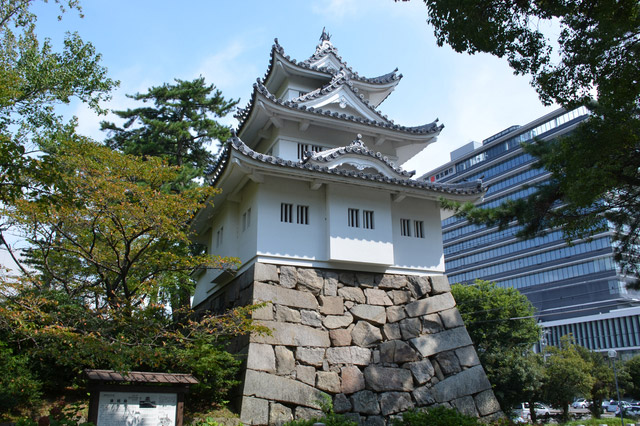
The castle was built by the younger brother of Nobunaga Oda in the midst of Japanese civil war. During the Edo period the local lord (Daimyo) maintained and renovated the castle with surrounding area prospering as the city center of Mie. The main tower tenshukaku was demolished during the Meiji Restoration but part of the castle and the Japanese-style garden were restored.
15-minute walk from Tsu Shinmachi Station (Kisei Line, Kintetsu Nagoya Line)
https://www.kankomie.or.jp/spot/2886
7. Matsusaka Castle (松阪城跡)
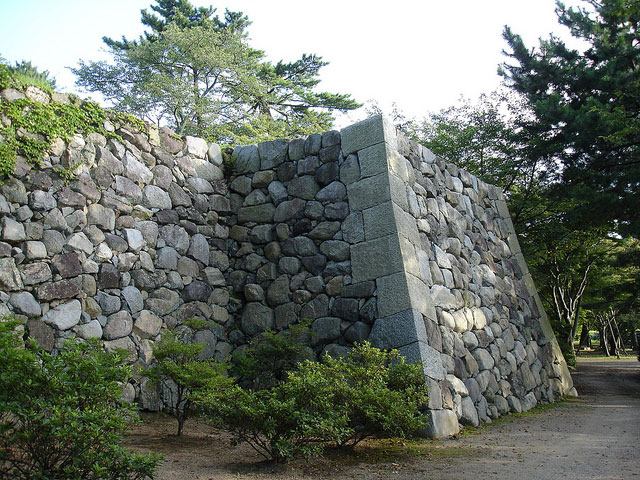
Matsusaka Castle was founded in civil war era. The central tower was demolished but the ruins of stone walls still remain. You can enjoy good view of the city from the top of stone walls. Within the site there is a museum of Norinaga Motoori, the famous scholar in Edo period.
15-minute walk from Matsusaka Station (JR, Kintetsu)
https://www.matsusaka-kanko.com/language/en-matsusaka-castle/
8. Museum of Motoori Norinaga and Suzu-no-ya (本居宣長旧宅/記念館)
Norinaga Motoori was a scholar of Japanese classical literature and philosophy in the Edo era. He contributed to the interpretation of Kojiki, a Japanese chronicle literature of ancient mythology, leading up to the creation of the first emperor. His research on how Japanese society and culture evolved was significant. Norinaga's residence from the age of 12 to his death at 72 with the study room named Suzu-no-ya (Room of Bells) is restored as a museum.
15-minute walk from Matsusaka Station (JR, Kintetsu)
http://www.norinagakinenkan.com/english/index.html
9. Residences of Castle Guards, Matsusaka Castle (松阪城 御城番やしき)
These houses for castle guards and their families were built in 1863. They mostly retain their original form. The site has been designated as a Nationally Important Cultural Property.
15-minute walk from Matsusaka Station (JR, Kintetsu)
10. Kuwana Sousha (桑名宗社)
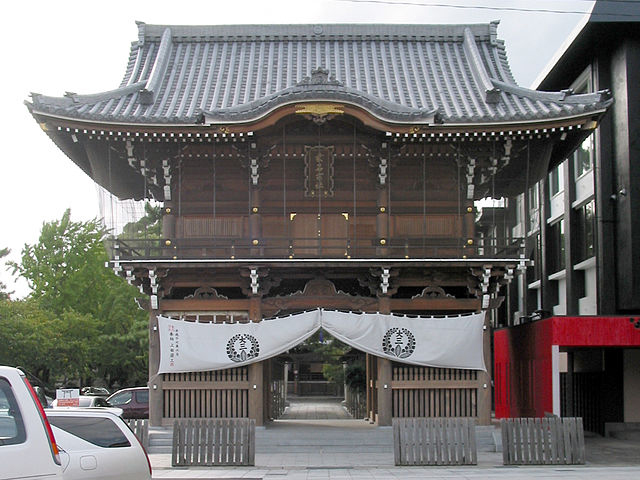
The god of prosperity is worshipped at this popular shrine. A festival called Nihon Ichi Urusai Matsuri (日本一うるさい祭り) which translates as 'the most noisiest festival of the entire nation', is held annually on the first Sunday of August.
15-minute walk from Kuwana Station, (Kansai Main Line, JR Central)
http://www.kuwanasousha.org/ (Japanese only)
11. Kumano Kodo Iseji (熊野古道伊勢路)
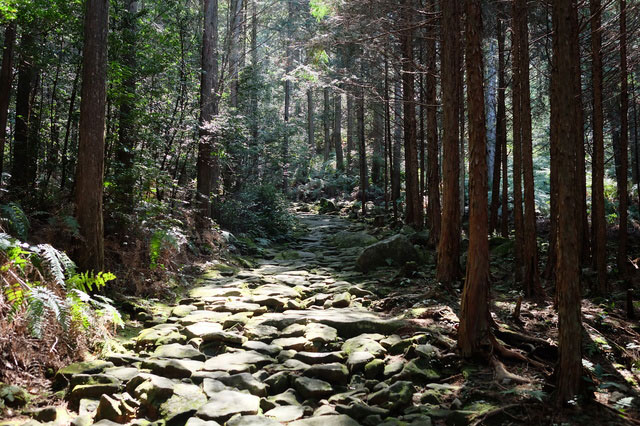
Located in southern part of Mie Prefecture, this ancient pilgrimage route was registered as a UNESCO World Heritage Site in 2004. It is a collective site of old roads for pilgrims that lead to shrines including Ise Jingu. Today they are open to the public and anyone can walk through.
http://www.pref.mie.lg.jp/KODO/en/index.htm
12. Tsubaki Okami Yashiro (椿大神社)
This shrine is dedicated for the worship of Sarutahiko who is featured in Japanese mythology. Because he is the god of guidance and road travel, there are many worshippers around the nation and is a very popular figure. Various shrines dedicated to Sarutahiko are branched out from this grand shrine. There is even an overseas branch shrine in Washington State, America.
Direct bus service by Mie Kotsu from JR Yokkaichi or Kintetsu Yokkaichi Stations
https://www.kankomie.or.jp/en/spot/detail_2917.html
Our Top Tips
Japan Shinkansen, Narita Express (N'EX) & Express Train Tickets
Plan ahead by booking your shinkansen, airport train, and express train tickets online in English. Have the tickets sent to you by mail or collect them at the station once you're in Japan.
13. Saiku Historical Museum (斎宮歴史博物館)
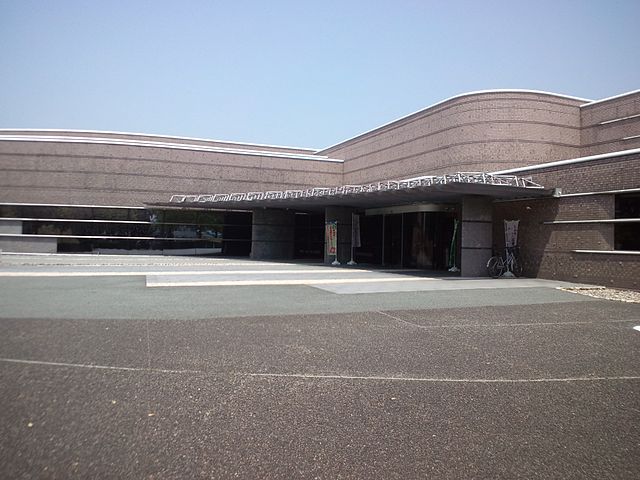
For approximately 660 years from the end of the 7th Century, an unmarried maiden from the Imperial House was appointed to serve ceremonial duties on behalf of the reigning emperor at Ise Jingu. Saiku was the palace for such maidens. The site has not retained much from the olden days but the museum displays historic objects as well as the miniature restoration of the Saiku. You can try on the traditional twelve-layered kimono, Junihitoe (十二単), worn by women in ancient times.
15-minute walk from Saiku Station (Kintetsu)
https://www.iseshima-kanko.jp/en/see-and-do/1822
14. Onigajyo (鬼ヶ城)
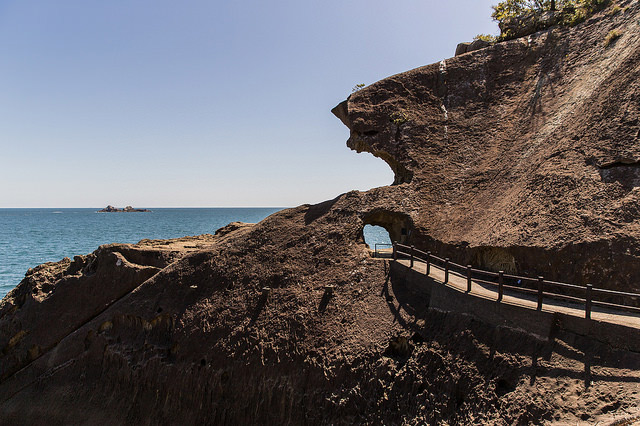
Onigajyo is registered as a UNESCO World Heritage site. It is a coastal line erupted from a large earthquake, which then was carved by sea waves and gusty winds over a long period of time. The coast stretches for about 1km in distance with numerous caves and rocks of all sizes. There are reins of a castle from the civil war era on the peak.
5 minutes by bus from Kumanoshi Station (JR Kisei Main Line) to Onigajo Higashiguchi bus stop
http://www.jnto.go.jp/eng/location/spot/natuscen/onigajo.html
15. Doro-kyo Gorge (瀞峡)
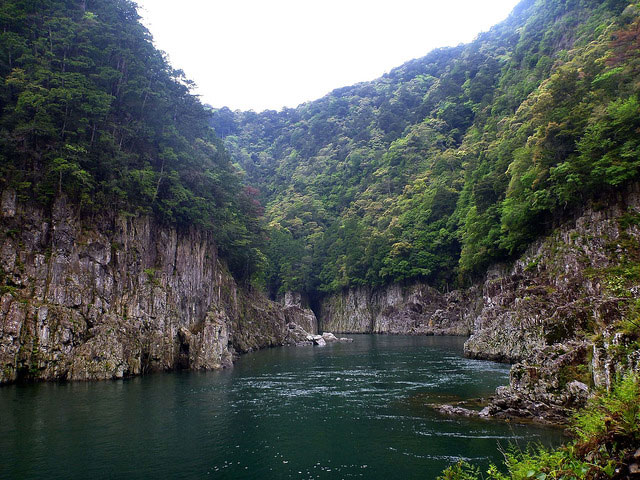
Doro-kyo is a valley on the upper stream of Kumano River. The ravines that stand straight on the riverside in the wild settings are one of the most picturesque sceneries you would come across in Japan. You can enjoy boat tours as well as rafting.
30-minute drive from Kumanoshi Station (JR Kisei Main Line)
http://www.jnto.go.jp/eng/location/regional/wakayama/dorokyo.html
The information in this article is accurate at the time of publication.




